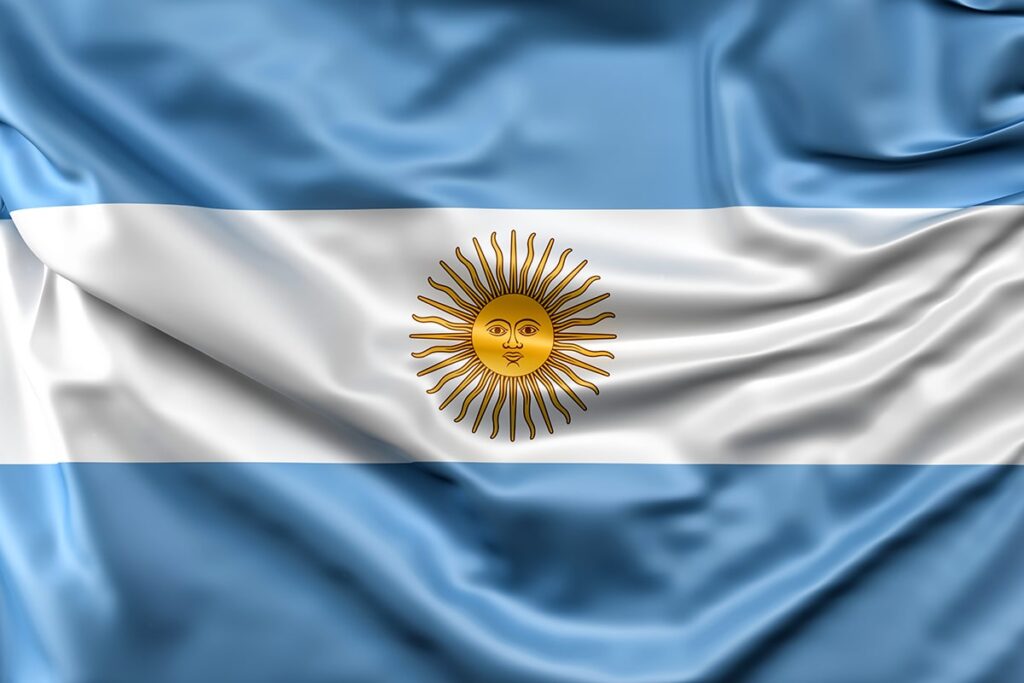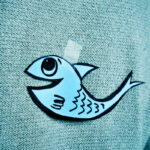1. Tooth mouse: Just as many countries have a tooth fairy, Argentina has a ‘tooth mouse’ called ‘El Ratón Pérez’ who replaces children’s lost baby teeth with coins (under the pillow). This tradition originated in Madrid, Spain and is therefore also found in a number of other Spanish-speaking countries
2. Earlobes: When a child has a birthday, it is traditional to pull the birthday boy or girl by the earlobes; 1 time for each year the child is older
3. Welsh: The largest and most significant Welsh colony was established in the Chubut province of Argentina in 1865. For four generations, the settlers spoke Welsh, but today the language is dying out in the area. In addition, there are German colonies in Santa Fe, Corrientes, Misiones, Cordoba, Neuquén and Buenos Aires
4. Housing: 60% of Argentines own their own home and there is a general tendency to build extensions to expand the home rather than move to a larger home
5. Height differences: Argentines are proud of their country’s extreme altitude differences; the lowest point is -105 m (Laguna del Carbon) and the highest 6,960 m (Cerro Aconcagua)

Fact: Che Guevara – who played a central role in the Cuban Revolution – was born in Rosario, Argentina and not in Cuba, as many believe
6. Buenos Aires: Buenos Aires is home to just under 3 million inhabitants – and around 14 million if you include the suburbs
7. Tango: Tango originated in Buenos Aires and has deep roots in Argentine culture. The origins of the dance are somewhat unclear, but it has always reflected the differences between the sexes and as such has always been a very sensual dance
8. Dia del Amigo: Friends’ Day (Dia del Amigo) is celebrated every year on July 20 and is a day that – as the name suggests – is dedicated to friends. The tradition was started by an Argentinian teacher in the early 1970s, who felt “connected” to everyone else on Earth when the Apollo 11 spacecraft landed on the moon
9. Fingerprints: The first time fingerprints were used to solve a crime was in 1892, when an Argentinian mother was found guilty of murdering her two children. After this, Argentina quickly became the first country in the world to use fingerprints as the primary form of identification in criminal cases. Prior to all this, Croatian fingerprinting pioneer Juan Vecutich had immigrated to Argentina
10. Che Guevara: Che Guevara was a pivotal figure in the Marxist revolution in Cuba in the 1950s and is today for many a symbol of rebellion and individuality. Although most people believe, with good reason, that he was Cuban, he was born in the city of Rosario, south of Buenos Aires, making him Argentinian

The Iguazú Falls consist of more than 275 waterfalls and are located in the northern part of Argetina on the border with Brazil. The falls are a UNESCO World Heritage Site





